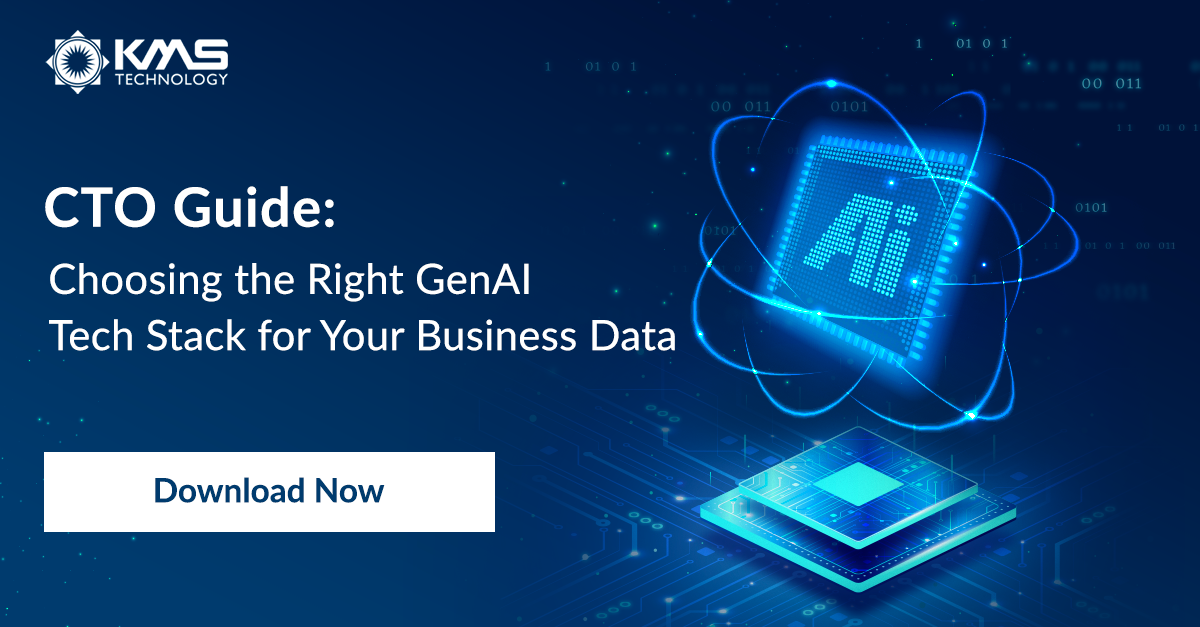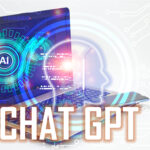Generative AI Roadmapping in Software Development
In today’s rapidly evolving digital landscape, organizations are on the constant lookout for inventive ways to outpace their competitors and get to market faster. For forward-thinking businesses, one technology that’s captured the attention of many in recent months is generative AI, which refers to a branch of artificial intelligence that’s focused on new content development based on patterns and data it has learned from.
However, businesses need to understand that implementing generative AI is not as easy as it seems. The adoption of a strong AI strategy requires thoughtful planning and strategic roadmapping. In this blog, we’ll delve into the world of generative AI roadmapping and explore the essential considerations for businesses looking to harness the transformative capabilities of this powerful technology.
What is Generative AI Roadmapping?
Generative AI roadmapping refers to the strategic process of planning and charting the implementation of generative AI within an organization. Serving as a business guide to navigating the complexities of GenAI, it involves mapping out the necessary steps, considerations, and timelines to effectively integrate GenAI capabilities into existing processes or to develop new applications.
Typically, a generative AI roadmap will outline the key milestones, goals, resources, and potential challenges associated with adopting generative AI, ultimately providing a structured plan for leveraging the technology’s benefits and ensuring a systematic adoption process.
Why Generative AI Roadmapping is Critical to Software Product Development
One of the key reasons why generative AI road mapping is crucial in the software product development space is strategic planning. By creating a roadmap, software development teams can set clear objectives, identify milestones, and establish a well-defined path for integrating generative AI long-term. This approach enables businesses to accelerate internal productivity, automate development processes, and simply ensure that generative AI is leveraged in a way that adds maximum value to the end product.
Additionally, generative AI roadmapping allows for effective resource allocation, a vital aspect of software product development. When integrating generative AI in your SDLC (software development lifecycle), businesses must thoughtfully consider the allocation of resources such as talent, infrastructure, and budget. By evaluating the necessary resources in advance through a roadmap, companies can optimize their resource utilization and minimize potential bottlenecks, eventually leading to more efficient and timely development of software products.
Besides strategic planning and resource allocation, a few other key areas where GenAI helps engineering teams in the SDLC include:
- Risk Mitigation: Generative AI roadmapping allows companies to recognize and manage potential risks and challenges associated with integrating generative AI into product development. By carefully assessing factors like data privacy, ethical considerations, legal compliance, and technological readiness, companies can proactively develop strategies to mitigate these risks without any negative impacts.
- Team Collaboration: Developing a generative AI roadmap encourages collaboration and communication among various stakeholders involved in product development. It brings together teams from different departments, such as software development, design, data science, and business strategy, fostering cross-functional collaboration and stronger alignment of business goals.
- Continuous Product Improvement: Generative AI roadmapping facilitates an iterative and continuous improvement approach to your software product development. It allows for regular evaluation your tools, gathering feedback, and incorporating learnings into subsequent iterations. With a fundamental roadmap in place, companies can continuously refine and optimize their generative AI models and algorithms, ensuring that the technology evolves alongside the product development process and meets the evolving needs of the market and users.
Overall, by following a roadmap, software development companies can leverage the power of generative AI to drive innovation, streamline the product development process, and deliver exceptional products that meet the ever-changing demands of their customers. (Learn how to choose the right Generative AI model for your business!)

4 Keys to Successful Roadmapping for Generative AI
As businesses seek to leverage artificial intelligence and machine learning to enhance efficiency and gain a competitive edge, a well-structured roadmap becomes essential. Below are four key elements that are integral to successful roadmapping for generative AI.
- Assessing organizational readiness for generative AI adoption: Businesses must first understand if they are in the right place to enforce GenAI into their teams, processes, and products. Organizations should define business objectives and their use cases for generative AI, and then define a phased approach for implementation. It’s also vital to be prepared to manage change and employee readiness for GenAI adoption—start to think about training and providing resources for your team members.
- Allocating resources and budget for the roadmap: Who will lead your GenAI initiatives? How much will your company invest in GenAI adoption? Businesses must be ready to take these questions head on. In addition to resources and budgeting, stakeholders must set realistic timelines and milestones for the implementation phase.
- Identifying data requirements and availability: GenAI can come with data privacy and security concerns and organizations should be educated prepared to tackle these. You should also consider if it’s necessary to integrate generative AI with your existing systems and processes.
- Addressing ethical and legal considerations in generative AI implementation: Companies must ensure that the generated outputs from these language learning models don’t violate ethical standards or mislead users. By managing ethical concerns and complying with data protection regulations, businesses can ensure that generative AI is used responsibly, respecting privacy, fairness, and societal norms—helping them build customer trust and maintain a positive reputation.
Considering AI Roadmap Consulting?
As more companies start riding the AI wave, navigating the complex landscape around generative AI implementation can be challenging for businesses. This is where the advantages of generative AI roadmap consulting with experts comes into play.
By partnering with the right experienced consultants, businesses can unlock the full benefits of generative AI while avoiding common pitfalls and setting themselves up for success going forward. A generative AI roadmap consultant like KMS Technology can play a pivotal role in assessing readiness, providing technology recommendations, addressing risks, and ensuring a successful implementation of generative AI. This ultimately helps businesses unlock the full potential of this transformative technology.
Our KMS team can help with:
- Assessing business needs and readiness
- Custom roadmap development
- Technology evaluations and recommendations
- Data strategy and preparation
- Team building and resource guidance
- Risk assessment and mitigation
- Governance and compliance standards
- Continuous evaluation and process improvement









